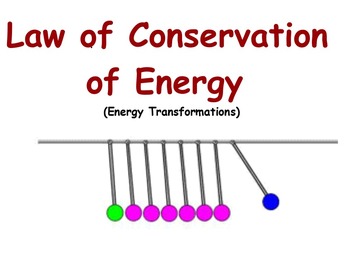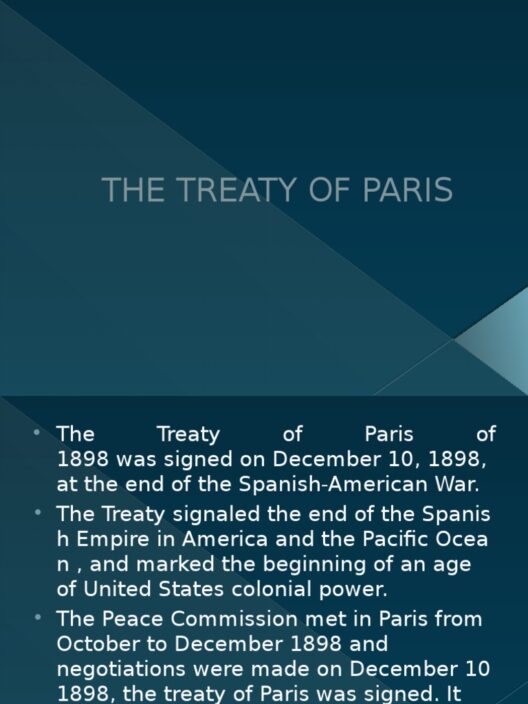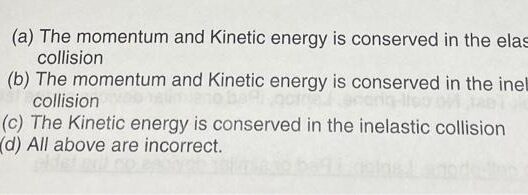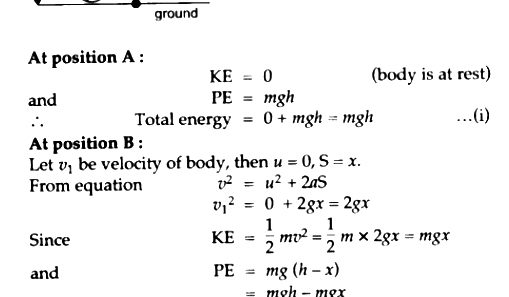Energy is an omnipresent force that drives the universe. From the flicker of a candle to the majestic auroras in the polar skies, it manifests in myriad forms, demonstrating an intricate dance known as energy transformation. At the core of this phenomenon lies the Law of Conservation of Energy, a foundational principle in physics that asserts that energy cannot be created or destroyed, only converted from one form to another. Understanding how these transformations occur not only satisfies scientific curiosity but also illuminates the underlying mechanics of our world.
In exploring the relationship between energy transformations and the Law of Conservation of Energy, one departs from mere observation to delve into the profound workings of nature. This article will illuminate the science behind energy conversion, examining various forms of energy, transformation processes, and their implications for both the universe and our daily lives.
The Multifaceted Nature of Energy
Consider energy in its various forms: kinetic, potential, thermal, chemical, nuclear, and electrical. Each type serves its own purpose and is interdependent, often converting one into another in a continuous cycle. Kinetic energy, the energy of motion, transforms seamlessly into potential energy, stored energy that has the potential to do work. For instance, when a ball is thrown into the air, it decelerates, reaching a pinnacle where its kinetic energy is momentarily zero; at this apex, its energy is fully converted to potential energy before plummeting back down. This interplay between motion and position illustrates the basic tenet of energy transformation.
Thermodynamics, the study of energy and heat transfer, further elucidates these transformations. The first law of thermodynamics reinforces the notion of conservation: the total energy remains constant in an isolated system. When energy is transferred or transformed, heat can be generated, suggesting that energy is not merely conserved but can also affect the state of matter. In practical applications, this principle allows engineers to design efficient engines that maximize energy transformation and minimize waste, a significant consideration in our resource-constrained world.
From Solar Power to Wind Energy: Real-World Applications
Through various applications, energy transformations prove crucial for sustainable practices. Take, for instance, photovoltaic cells found in solar panels. These sophisticated devices convert solar energy—a form of electromagnetic radiation—directly into electrical energy through the photoelectric effect. As sunlight strikes the solar cell, it energizes electrons, leading to an electrical current. This transformation not only demonstrates conservation principles but also has far-reaching implications for reducing dependency on fossil fuels, marking a shift towards renewable energy sources.
Wind energy presents another remarkable example. Here, the kinetic energy of moving air is captured by wind turbines, which convert this energy into electricity. The turbines harness the wind’s strength, translating it through mechanical intervention into electrical energy, which can then be fed into power grids. As we navigate through climate change challenges, the essence of these transformations encapsulates our broader societal shift towards renewable sources, broadening our understanding of sustainable energy production and consumption.
The Role of Energy in Ecosystems and the Human Body
The concept of energy transformations extends beyond technological applications, penetrating the biological realm as well. Ecosystems operate on a balance of energy transfer—primarily through the process of photosynthesis. Plants capture sunlight and transform it into chemical energy stored within glucose molecules, providing sustenance not only for themselves but also for the entire food web, including herbivores and predators. As energy traverses through various trophic levels—producers, consumers, and decomposers—the conservation principle holds, evidencing energy’s persistence through transformation.
On a cellular level, human bodies exemplify this relationship through metabolic processes, where chemical energy from food undergoes transformations via respiration into usable energy in the form of adenosine triphosphate (ATP). This continuous flow emphasizes our dependency on energy conversion processes for survival and function, highlighting an intrinsic connection between life and energy dynamics.
The Implications of Inefficiency: Waste and Environmental Concerns
While energy transformations demonstrate the beauty of conservation, they also bear implications regarding efficiency. Inefficient energy conversions result in a loss of usable energy, often as heat. This inefficiency is a primary concern in energy consumption, whether in industrial processes, household energy use, or transportation systems. The reality of wasted energy not only emphasizes the need for enhanced technologies but also underscores the ethical imperative of responsible energy stewardship as we combat issues like climate change.
As society progresses towards a more energy-aware ethos, the interconnectedness of energy conservation and transformation becomes paramount for developing innovative solutions. By enhancing energy efficiency, investing in research and technology, and embracing renewable resources, we can navigate towards a sustainable future.
Conclusion: Energy as a Cycle of Change
The relationship between energy transformations and the Law of Conservation of Energy encapsulates a fundamental truth about our universe: energy is a cycle of change and continuity. Understanding this dynamic allows us to appreciate the intricate mechanisms at play—from the smallest cellular processes to vast astronomical phenomena. As we strive for sustainable practices and seek to preserve our planet, embracing the science behind energy conversion is essential. Recognizing that every energy transformation reiterates the immutable laws of physics can inspire a collective effort to ensure efficiency and sustainability in our energy-dependent world.







